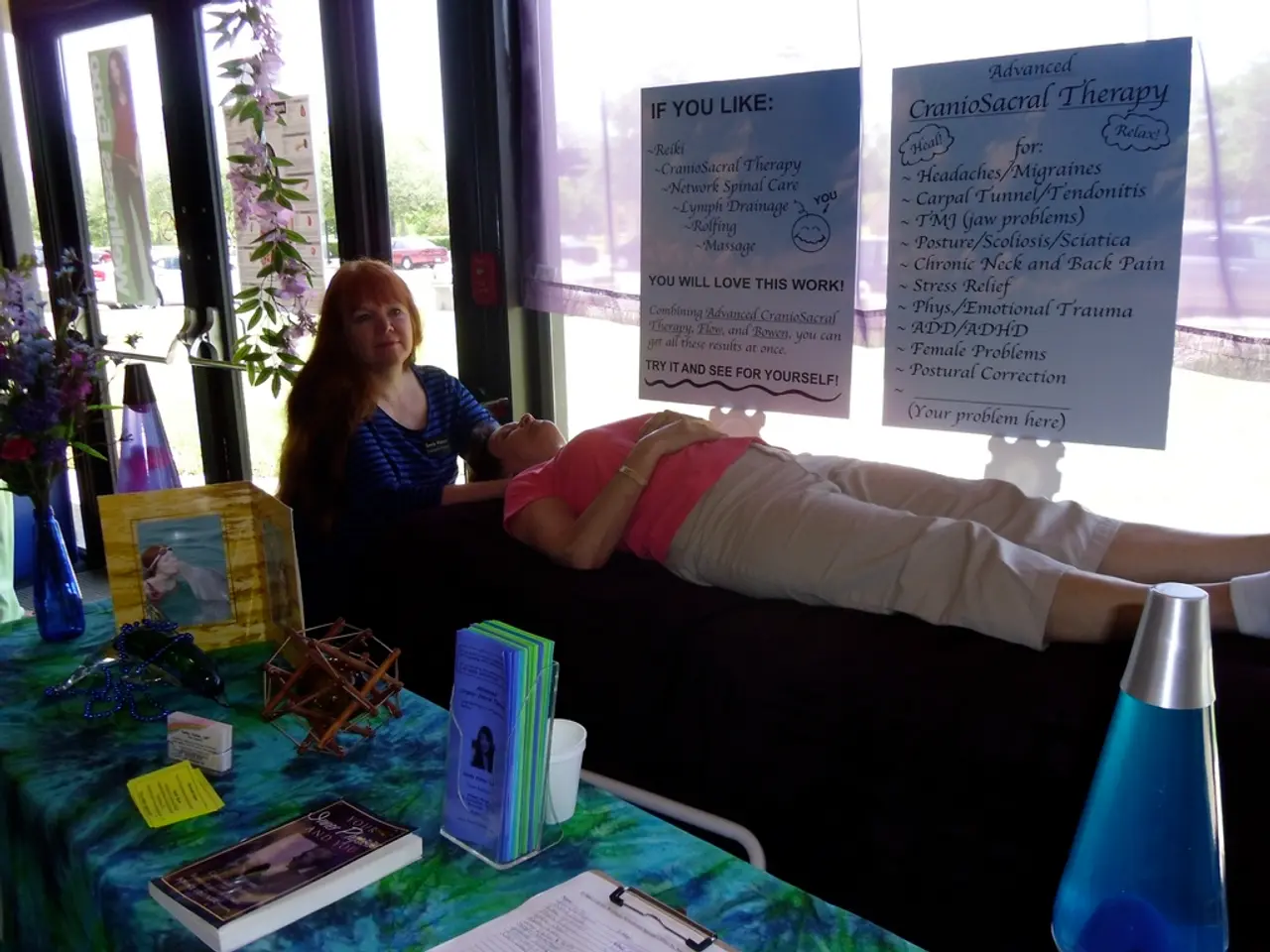Reason Behind the Persistence in Harmful Romantic Connections
In a world where love should ideally bring peace, there are relationships that bring chaos instead. Toxic relationships, characterized by emotional damage outweighing growth and love used as a weapon or reward, pose significant challenges for those trapped within them.
The difficulty of escaping these relationships stems from a complex interplay of psychological, neurochemical, and social factors. Psychologically, victims develop adaptive but dysfunctional responses to ongoing abuse, such as dissociation, learned helplessness, cognitive dissonance, emotional dysregulation, trauma bonding, and reactive abuse behaviors. These adaptations distort reality, reinforce self-blame, and compliance, making escape feel impossible and dangerous.
Neurochemically, the highs and lows of trauma bonds create strong emotional attachments akin to addiction. The brain chemistry "bond" overlaps with attachment needs, especially pronounced in individuals with insecure early attachments or prior relational trauma, making separation emotionally and biologically difficult.
Socially, external factors such as lack of supportive relationships, stigma, cultural norms, and legal or institutional barriers contribute to the difficulty of leaving. The abuser’s manipulation, grooming, and gaslighting exploit victims’ vulnerabilities and unmet socio-emotional needs, eroding external sources of validation. Societal attitudes can perpetuate shame or blame, reducing access to help or reinforcing the victim’s sense of entrapment.
Fear of escalating abuse upon attempted escape also plays a central role. Anticipatory fear of retaliation and unknown future trauma can paralyze victims, impeding healthy decision-making and contributing to cognitive impairment due to ongoing trauma exposure.
However, hope is not lost. Healing doesn't mean forgetting but reclaiming your story, rewriting your self-worth, and knowing that love should feel like peace - not chaos. Forgiving oneself for staying in a toxic relationship is step one toward long-term healing.
Journaling the facts, not feelings, can help reframe the narrative in a toxic relationship. Building a support network is essential, and talking to trusted outsiders can help reframe the narrative. Making an exit plan, especially if finances or children are involved, is crucial.
Leaving a toxic relationship isn't just about walking out. It's about rebuilding identity, healing wounds, and rediscovering strength. Isolation is the abuser's weapon, and connection is your shield in leaving a toxic relationship. You're not alone if you're in a toxic relationship, and you can leave - even if it takes time, even if it's messy - you deserve better. Always.
[1] Bancroft, L. (2002). Why Does He DO That? Inside the Minds of Angry and Controlling Men. Berkley Trade. [2] Walker, L. E. (2000). The Battered Woman. Belknap Press of Harvard University Press. [3] Herman, J. L. (1992). Trauma and Recovery: The Aftermath of Violence—From Domestic Abuse to Political Terror. Basic Books.
- The challenges of leaving toxic relationships are deeply rooted in the history of psychology, where victims develop dysfunctional responses to ongoing abuse, such as cognitive dissonance and trauma bonding.
- Financial factors can add complexity to leaving a toxic relationship, making an exit plan essential to ensure a smoother transition, as suggested in education-and-self-development books like '[1]'.
- Recovering from a toxic relationship requires a focus on personal-growth, learning to reframe the narrative and rebuild identity through journaling, support networks, and seeking help from books like '[2]' and '[3]'.
- In the realm of health-and-wellness, it's crucial to prioritize mental-health during the healing process, understanding that love should bring peace, not chaos, leading to a better lifestyle.
- Science has shown that isolation is the abuser's weapon, but connection is the key to overcoming toxic relationships, making it important to foster relationships both within and outside the field of relationships studies.
- Embracing the journey of personal-growth through education-and-self-development resources and self-care practices ensures that one can leave a toxic relationship, reclaim their story, and pursue a life filled with love and genuine peace.




